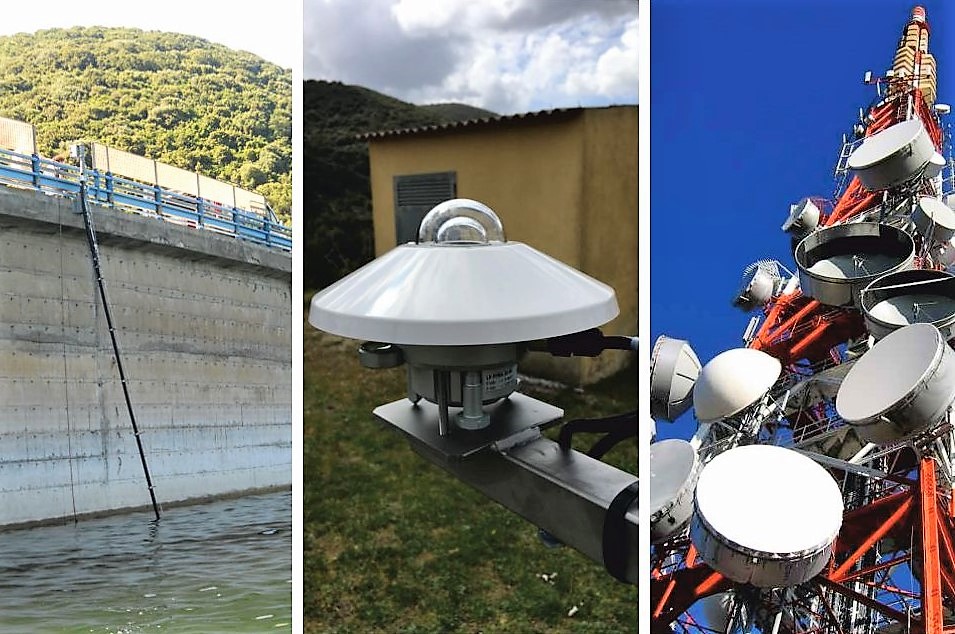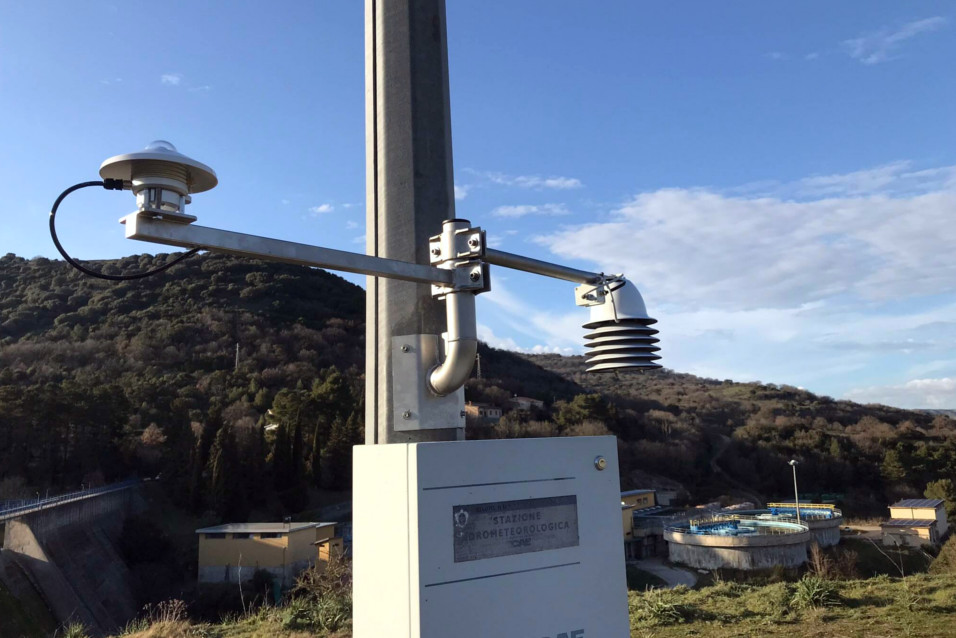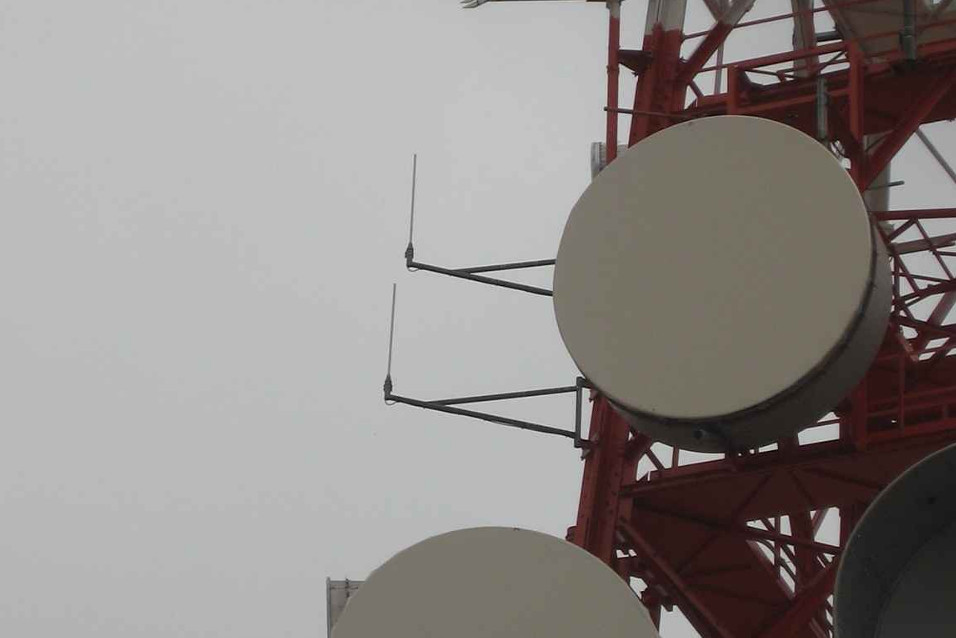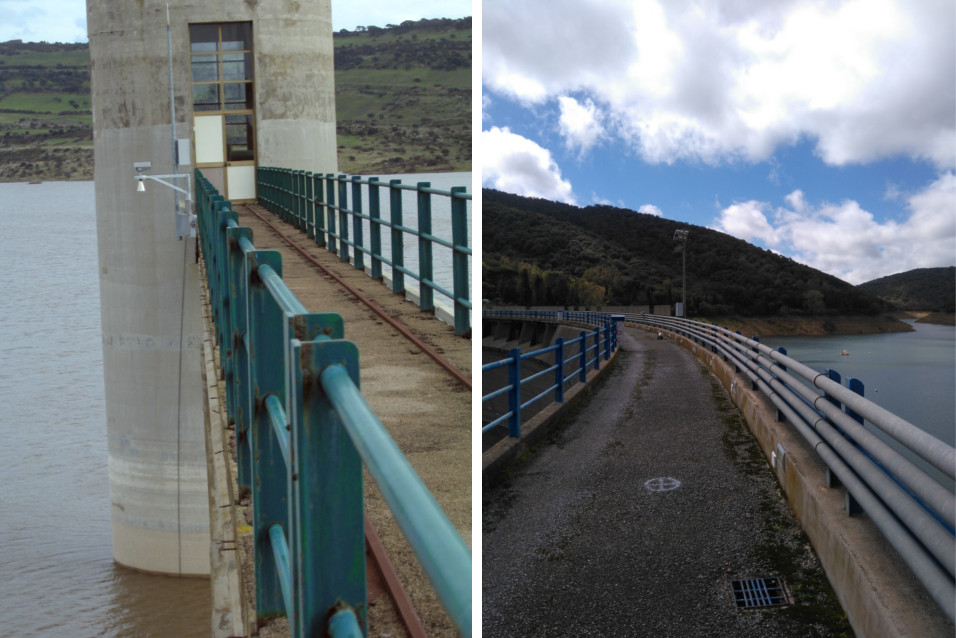The Autonomous Region of Sardinia (Italy) invests on an ever faster and multi-risk infrastructure network
January 2020
The Autonomous Region of Sardinia continues to invest in mitigating environmental risks. Three orders will be completed by 2019.
Since Sardinia is one of the Italian regions most affected by fires, back in 2018 ARPAS (the Sardinian Regional Agency for the Environment) launched an open tender for the supply and installation of new sensors for real-time monitoring of the weather variables used by Forest Fire-Fighting (AIB) models. This project exploits part of the funds of P.O.R. FESR (Regional Operational Programme) Sardinia 2014-2020 – Axis V – Environmental protection and risk prevention – Action 5.3.1, and follows the resolution of the Sardinia Regional Council to strengthen the measurement instrumentation of the Civil Protection remote infrastructure network, an integration and further development of multi-risk prevention systems for fire risk reduction.
CAE was awarded the tender for this project; this allowed the integration of 58 THS thermo-hygrometers and 10 pyranometers – useful for measuring irradiation on a flat surface, which is the sum of the direct irradiance produced by the Sun and of the diffused irradiation - in the meteorological and hydro-pluviometric monitoring infrastructure network.
ARPAS pays attention not only to the fire risk, but also to hydraulic and hydrogeological risk: thus the launching of an open tender for the supply and installation of hydrometric sensors and related equipment in existing meteorological monitoring stations, in the main artificial basins of Sardinia.
Also in this case, CAE was awarded the contract and is responsible for the supply and installation of 16 hydrometric sensors, divided between radar and immersion hydrometers. These data are transmitted in real time through the infrastructure network, at the service of the regional alert system for hydraulic and hydrogeological risk for civil protection purposes. Considering the critical purpose for which these sensors are used, the tender required certified instrumentation with high operating standards,to ensure continuous and uninterrupted operativity even in complex conditions.
Finally, still with the aim of monitoring with more effectiveness and timeliness the intense and extreme hydrometeorological events which are increasingly affecting the Sardinian territories, the works for the project that halved the polling time of UHF radio network linked to real-time meteorological and hydro-pluviometric monitoring network for civil protection purposes were completed. The network is currently under monitoring, awaiting the final declaration of compliance. It was necessary to technologically adapt the repeaters and the radio panels of the primary and secondary stations of the aforementioned network by updating radios from 2400 to 9600 baud.
The works on radio equipment, as well as those related to the software update of the control units and the reconfiguration of the network, have been carried out without interrupting the functioning of the network, with minimum disruption in data acquisition and transmission. Furthermore, among the results achieved by this project, there is a reduction in the number of radio frequencies currently in use: now there are only 2 frequency pairs, a condition which entails a reduction in radio license costs for the administration.
Three diverse interventions aimed at further increasing the quantity and quality of data relating to the Sardinian infrastructure network and the safety of all citizens.




